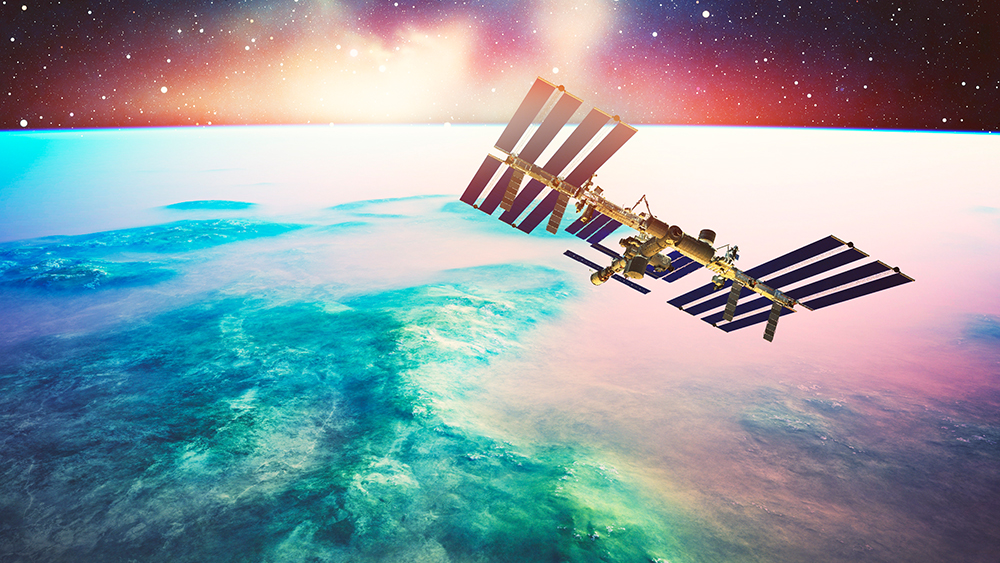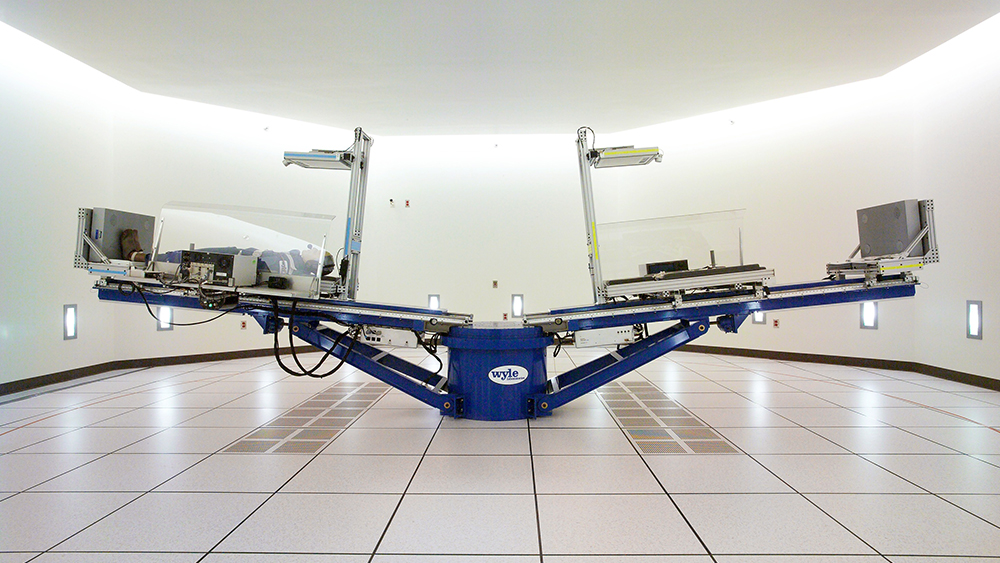
Astronauts undergo physiological changes while in space due to the weightless environment, including bone loss, muscle atrophy and cardiovascular deconditioning. Dr. Ana Diaz Artiles runs the Bioastronautics and Human Performance lab at Texas A&M University, which is focused on investigating human performance in these environments and developing technologies to improve human health and performance.
Combining aerospace engineering and biomedical sciences with human factors, Diaz Artiles, assistant professor in the Department of Aerospace Engineering, seeks to improve different aspects of human performance in extreme environments using human-in-the-loop experiments, as well as computational models and virtual/augmented reality.
Currently there are several countermeasures in place on the International Space Station that seek to lessen the detrimental effects of weightlessness, including extensive exercise protocols. Unfortunately, about two-thirds of returning shuttle astronauts still experience some degree of orthostatic intolerance upon return to Earth. New approaches are needed for future longer missions, such as a trip to Mars, where astronauts will not have the usual ground support and resources provided on Earth after landing.
Artificial gravity (AG) generated by the use of a centrifuge combined with exercise is a promising countermeasure to diminish these effects. The combination challenges multiple physiological systems at once, maintaining overall health during extended weightlessness.
Diaz Artiles focused on the potential effects on the cardiovascular system using a short-radius centrifuge at the Massachusetts Institute of Technology paired with lower-body bicycle ergometer for the exercise component. The centrifuge creates a gravitational force in the subjects similar to what is experienced on Earth.
Twelve subjects ranging in age from 23 to 29 were positioned in the centrifuge, laying on their right side with their head located at the center of rotation and their feet strapped to the ergometer device, a position that minimized motion sickness. As the centrifuge spun, the subjects were asked to pedal the bicycle ergometer, maintaining a constant rpm of 60.
Each exercise period lasted 15 minutes where subjects were exposed to three different gravity levels (0G or no rotation, 1G and 1.4G), measured at the subject’s feet, and three different exercise intensities (25, 50 and 100 watts).
The results of the study indicated that the cardiovascular responses were more prominent at higher levels of AG and exercise intensity, suggesting that the addition of AG to exercise during long-duration spaceflight could lead to greater cardiovascular benefits and potentially prevent multiple aspects of human deconditioning from occurring.
Since centrifuges have not been tested in space, Diaz Artiles hopes to answer various questions regarding its implementation, including configuration of the centrifuge, exposure time, the gravity level and gradient required for optimal levels, as well as the necessary intensity of exercise required. In addition to human experiments using ground-based centrifuges, Diaz Artiles is using computational models to simulate the responses to AG exposure when coupled with exercise. The benefit to the model is that it allows for the exploration of more than 120 parameters, for example conducting a comprehensive sensitivity analysis highlighting the varying differences among astronauts.

With the help of former astronaut and TEES Eminent Professor Dr. Bonnie J. Dunbar, they are working on bringing a short-radius centrifuge from NASA to the Texas A&M campus, which will be a great tool in continuing her research on the effect gravity has on human performance.